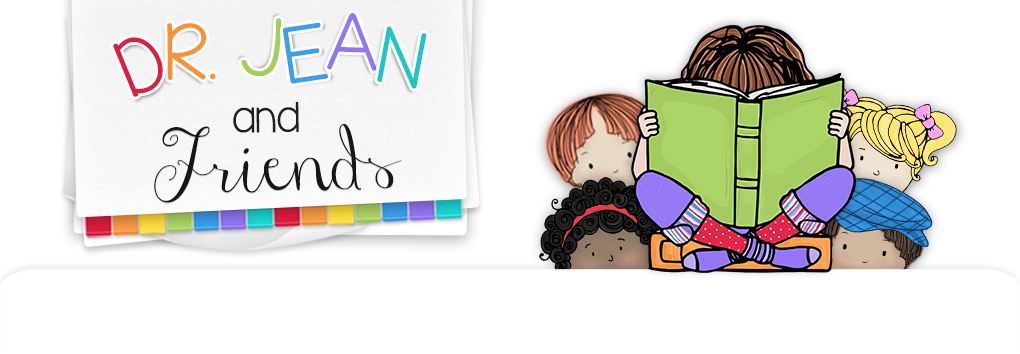Last week when I
was in Pennsylvania and New Jersey I met some BOOOTIFUL teachers who gave me
these tricks and treats to share. Sandy is visiting many of you today, so I hope and pray you are all safe!
Karate Write
the Room (Nicole Sherman)
Instead of
having the children write the room, let them do karate letters as they read words
around the room. What are karate letters? You punch up above your
head for letters that start at the top dotted line. You punch out in
front of you for letters that start at the middle dotted line. You give a
little kick for letters with a tail.
Zip Lines
(Suzanne Boylan)
Get a 20"
zipper and number from the bottom to the top 0-20. Children can zip up
numbers or zip down numbers to practice addition and subtraction.
*Suzanne said
she asked each child to bring in a 20" zipper and they used them
throughout the year.
Science Names
(Suzanne Kaplan)
Alliterate each
child's name with a science term. For example, Michelle Molecule, Cathy
Cosmic, Grady Gravity, etc. During science period call them by their
science name.
Envelope Game
(March Schneider)
Seal an envelope
and then cut it in half. Write numerals 1-20 (or however many students
you have) on the envelopes. Mix up the envelopes and then pass them out
to the students. The students put them on their hand like a puppet.
#1 says, "Here is 1. Where is 2?" #2 holds up their
envelope and says, "Here is 2. Where is 3?"
*You could also
write letters on the envelopes and do the letters in alphabetical order.
All About
You (Connie Richwine)
After completing
an "All About Me" cycle, do "All About You." Invite
parents to come in and talk about their occupation. Encourage them to
bring in material from their company, a uniform, tools they use, vehicle (such
as a police car), etc.
Gingerbread
Man Career Visits (Michele Brymesser)
Here's another
clever idea to encourage parents to visit and share their careers. The
gingerbread man runs away to the parent's place of employment. The
students wonder where the gingerbread man has gone, and they are surprised with
a visit from their parents.
Show and Tell
Challenge (Maribel Mohr)
Use gift bags
and staple a note with a challenge, such as a letter, three dimensional shape,
numeral, etc. Pass out the bags to the students at the beginning of the day.
At the end of the day they can share what they've found.
*You could also
send these bags home for the children to do with their parents.
Chef Hat Book
(Susan Leonard)
Here is an idea
for Mother's Day. Use a wooden spoon as a binder to make the popsicle
stick book. The child tells the teacher their favorite thing their mom
makes. The teacher types the directions as the child dictates. Make
copies of all students' recipes to make a class book.
Book Box
(Kelly McLaughlin)
Children
decorate a box at home with their parents. Encourage the children
to "present" their boxes at school and describe how they decorated
them. When they make books at school, they can save them in their special
box.
Math Pizza
Box
Open a pizza box
and use colorful tape to make a line between the lid and the bottom of the
box. Also make a line with tape vertically to divide the lid into two
sections. Children use math counters to make sets in the top and then
join them together in the bottom.
Portfolio
Boxes (Angela)
Ask a local
pizza shop to donate pizza boxes. Send these home with the children
to decorate with their families. Keep examples of their work throughout
the year in the boxes. Send them home at the end of the year as a special
momento of their school year.
Ping Pong
Pitch (Shaina Soderstrom)
Get pink ping
pong balls and write a digit from 0-9 on each ball. (You could also draw
a shape, write a letter, write a word, etc.) Put the balls in a make-up
bag with a zipper. Unzip the bag a little and shake it. When the
balls fly out the students catch them and identify the information.
*Purchase drink
stirrers at a dollar store and sue them for reading pointers.
October Math
Counters
Spread dry lima
beans on a sheet of newspaper. Paint one side orange with spray
paint. Dry. Draw a jack-o-lantern face on the orange side and a
ghost face on the white side.































